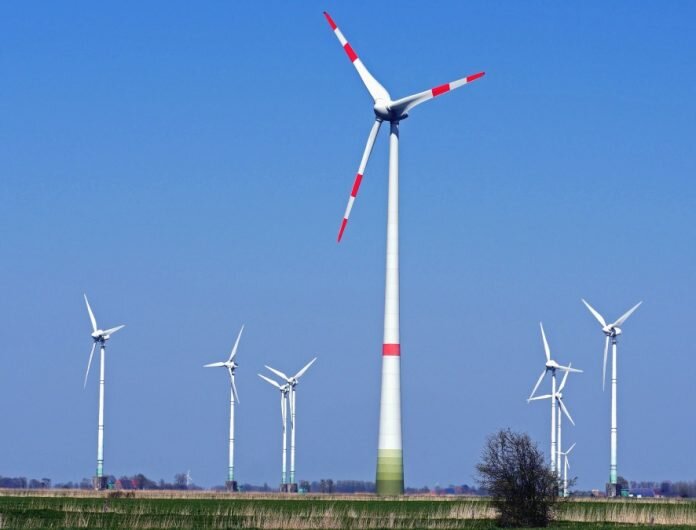
Observed Danish energy consumption increased by 3.0% in 2016 compared with the previous year, ending at 743 petajoules (PJ).
Lower electricity imports and less windy conditions for wind turbines resulted in increased energy consumption and increased observed CO2 emissions in 2016.
Power plants in particular used more biomass. The consumption of renewable energy, however, also increased, raising the share of renewable energy to 31.3%.
These are some of the results in the Energy Statistics 2016, which were published by the Danish Energy Agency 30 November 2017.
The increase can be explained by the fact that Danish net imports of electricity were 14.5% lower than in 2015.
At the same time, the production of wind power fell by 9.6%, because 2016 was less windy. This development meant that the consumption of coal and natural gas for electricity generation increased by 21.3% and 12.6%, respectively, in 2016.
The adjusted energy consumption, which has been adjusted for fluctuations in climate and fuel consumption linked to foreign trade in electricity, increased by 1.6% in 2016. This development is characterised by an increase in the consumption of oil, coal and renewable energy.
Even though wind power generation fell in 2016, the total observed consumption of renewable energy increased by 4.4% from 2015 to 2016, ending at 217 PJ.
This is due, to an increase in the consumption of biomass – stemming primarily from an increase in the consumption of wood pellets.
Production of electricity from renewables accounted for 53.9% of Danish domestic electricity supply in 2016. This is a fall of 2.1% points in relation to 2015.
According to the EU method of calculation, renewable energy accounted for around 31.3% of energy consumption in 2016, against 30.8% in 2015.


















